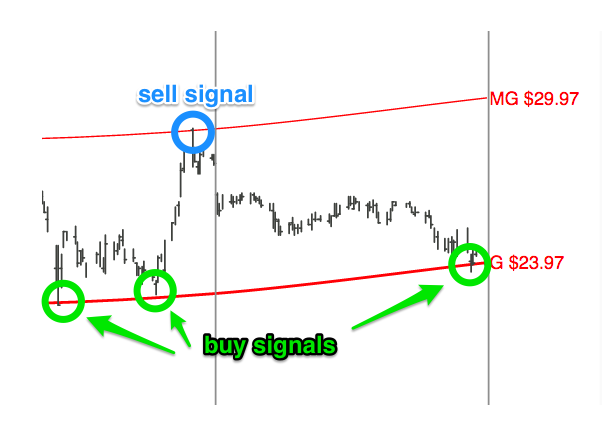We analyze a fundamental financial statement—the balance sheet.
Unlike traditional quantitative analysis, SVA combines the disciplines of accounting, mathematics, and economics to create a structure within which the true value of a stock can be measured.

Introducing SVA : 4-Part Video Series
As our 4 part video series explains, the truth could not be further away. The valuation zones that are an integral part of our SVA charts are based not on statistics, but on the balance sheet structure itself. We don’t look for patterns in the price – we look at the balance sheet to define price itself.

Unveil the underlying value of an equity on a historical basis. SVA provides valuable insight into a firm’s true value, and enables us to identify sound, long-term investments. This systematic approach to equity valuation has helped thousands of clients to consistently enhance stock timing and portfolio returns.


In Chapter 1 of our four-part video series, we introduce the central concepts behind Structural Valuation Analysis, starting with how balance sheet health can have a dramatic impact on how an equity is valued.

In Chapter 2, we show how the solvency breakpoints connect to the structural breakpoints, and the significance of each of the 5 valuation zones.

Quarterly earnings, and more specifically, the growth in corporate earnings is often a key component to traditional investment analysis. In Chapter 3, we examine how earnings results fit into Structural Valuation Analysis.

In our last video, we take a closer look at why the Structural Breakpoints are so critical to good investment decisions.
.png)





